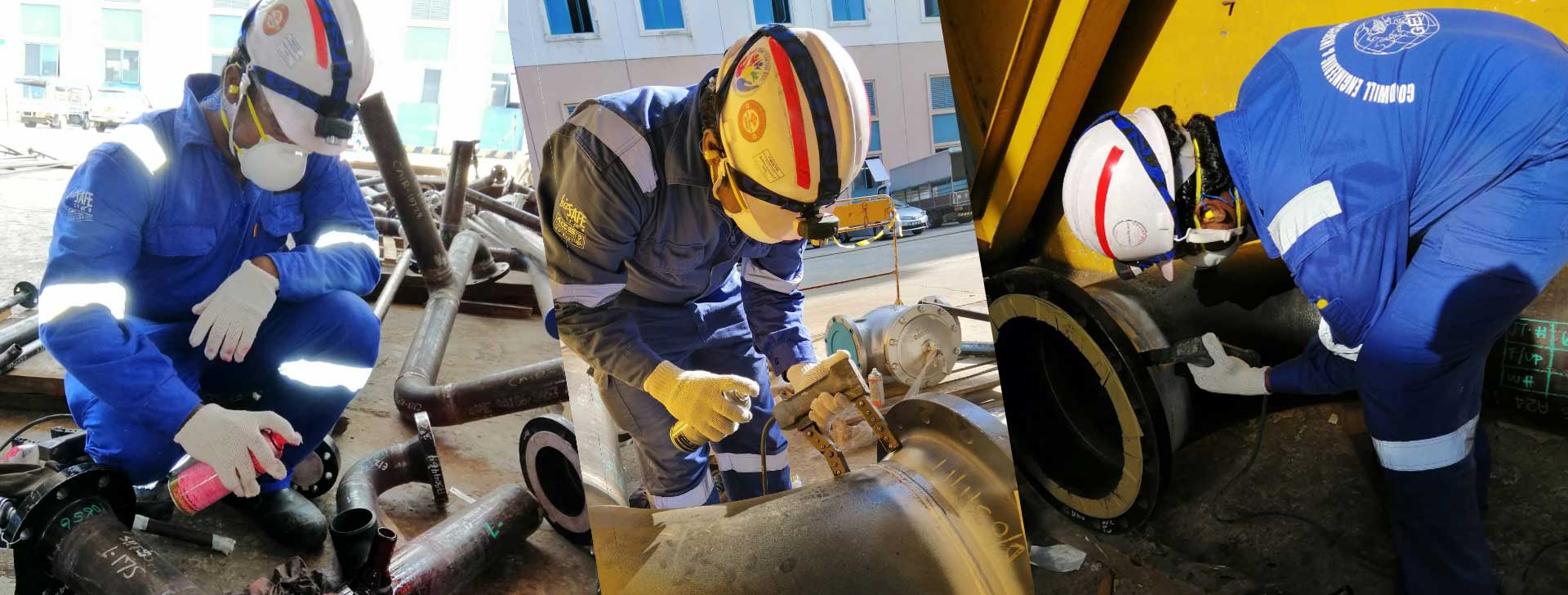
SERVICES
Inspection Services and Solutions
Conventional NDT Services
Radiographic Testing (RT) [X- & Gamma-Rays]
![Radiographic Testing (RT) [X- & Gamma-Rays]](img/NDT-inspection-services/Radiographic-Testing.jpg)
» Weldments, castings, forgings & tubes
» Pipelines, storage tanks & pressure vessels
» Electronic, electrical & mechanical components
» Structural Steel
Ultrasonic Testing (UT)
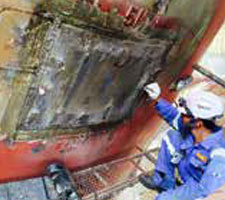
» Flaw detection in welds, castings, forgings, plates
» Bars, tubes & machine components
» Thickness measurement
» Material characteristic through acoustic attenuation
Liquid Penetrant Testing (LPT)
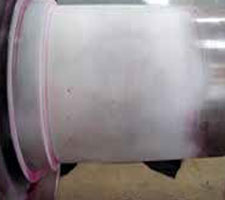
• Surface discontinuities e.g. crack, pinholes, laps & seams on non-porous & non-absorbing materials
• Locating flaws in weldments, joints, tubings & castings
Magnetic Particle Testing (MT)
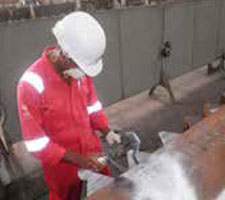
» Surface & subsurface discontinuities e.g. crack, seams & inclusions on ferromagnetic materials
» Monitoring service flaws in bars, forgings, weldments, shafts & components.
Hardness Testing

The Brinell hardness test method consists of indenting the test material with a 10 mm diameter hardened steel or carbide ball subjected to a load of 3000 kg. For softer materials the load can be reduced to 1500 kg or 500 kg to avoid excessive indentation. The full load is normally applied for 10 to 15 seconds in the case of iron and steel and for at least 30 seconds in the case of other metals. The diameter of the indentation left in the test material is measured with a low powered microscope. The Brinell harness number is calculated by dividing the load applied by the surface area of the indentation.
Postweld Heat-Treatment (PWHT)
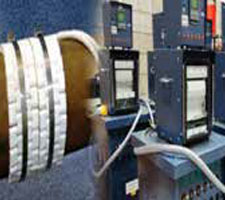
Post-weld heat treatment is most generally used for stress relief. The purpose of stress relieving is to remove any internal or residual tresses that may be present from the welding operation. Stress relief after welding may be necessary in order to reduce the risk of brittle fracture, to avoid subsequent distortion on machining, or to eradicate the risk of stress corrosion.